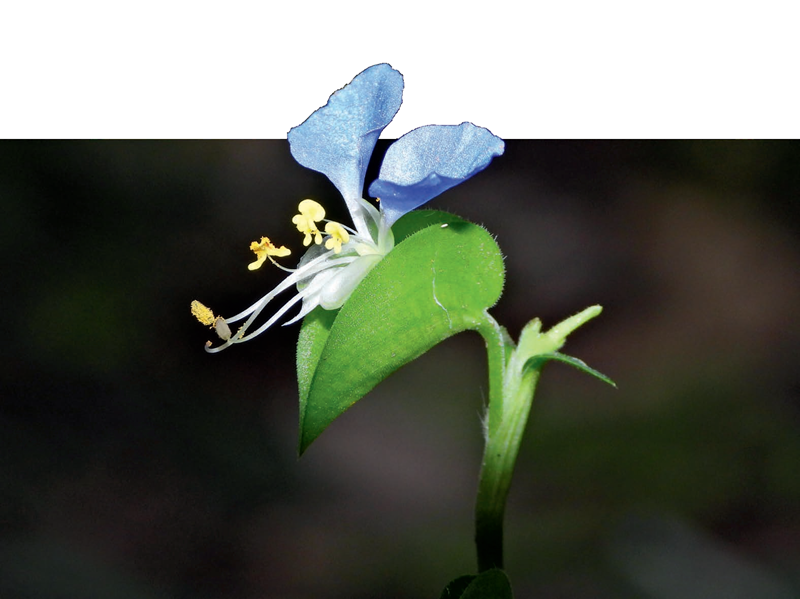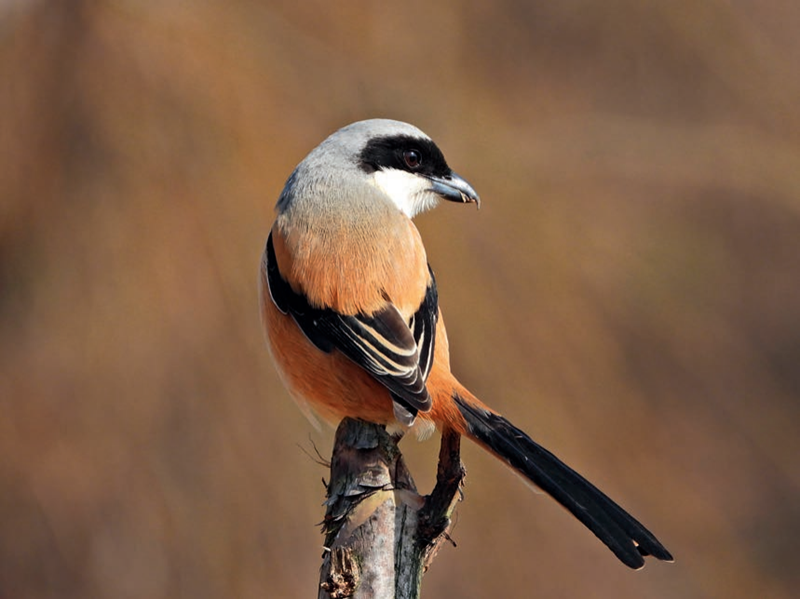Detached Thoughts on Yuelu Mountain

The Anthology of the Highlights of the Southern Peak, collected by Taoist priest Chen Tianfu in the Song Dynasty (960-1279), provides a detailed account of Mount Hengshan in central China’s Hunan Province. Tucked away in this anthology is an older Tang Dynasty (618-907) poem about Yunlu Peak, the highest point of Yuelu Mountain and a place rich in Taoist and historical significance, which still towers over the surging high-rises in the city of Changsha. I paraphrase the poem as follows:
The Xian altar in the jade cave has long been left desolate.
The Zhenxu rock cave is always a fresh sight.
I pity those who spend their time in the city.
They do not know the endless spring of Hunan.
Over a thousand years ago, this anonymous poet complained about the youth of Changsha neglecting the mountain and Taoist gods. Over a thousand years later, I am still telling my students roughly the same thing: they should climb Yuelu Mountain and experience more of the cultural and natural landscapes which surround us.
What draws me most to the local natural world is the same thing that draws me to the study of philosophy and literature: the stories. Almost every rock, bird or insect here has a story. Legend goes that a rocky crevice, a little obscured by vegetation in Yuelu Mountain, was where the Duke of Changsha, Tao Kan, a Chinese military general and politician during the Jin Dynasty (265-420) met the White Crane Maiden and pledged to meet her again in 50 years, according to her dying wish. Tao Kan was long delayed with government affairs (duty always calls) so that he missed his appointment. So late in coming, Tao waited for 81 days at the appointed place before he saw her at last. To prevent the White Crane Maiden from longing for earthly attachments, a Bodhisattva requested Tao to depart from her through a stone door. Tao forced his way through, but when he looked back, he saw only a stone wall in front of him. Hence, this place is now called “Chuanshipo” or “Pierced Rock Slope.”
In spring, I often find large white cockchafer beetles in the trees. First there are the adult beetles, sluggishly crawling among the leaves and branches. Months later, they are gone but their wings will litter the ground. Until a few years ago, the whiteness of their scales was brighter than any white material that human efforts could produce. Recently, they have inspired material engineers to imitate their construction: art imitating nature.
Familiarity with birds is always a pleasure. For the past few years, I have often seen and heard a blue whistling thrush where a small stream descends from Yuelu Mountain only two minutes from where I teach on campus. It is a cheeky bird, and I know when locals leave meat to dry on their roofs and clothes lines that it will come by to steal a few beakfuls. It is so careful and furtive that I wonder if any of our neighbors have noticed pieces of pork belly gone missing.

Magpies have well earned their reputation for intelligence: there are three species of magpies on Yuelu Mountain. One can always tell when a red-billed blue-magpie is near because of the outraged chorus of frightened black birds and sparrows. I once observed one of these magpies catching a sparrow out of the air, which explains the smaller birds’ alarms.
A short distance from the mountain, along the mudflats of the Xiangjiang River, I frequently discovered discarded toad skins. It took over a year (though I sometimes did other things) to resolve the mystery. One rainy April afternoon, I spied an Oriental magpie swiftly catching a toad at Taozi Lake. The toad skins are poisonous so the magpies must have learned to pull the toads inside-out and feed on them. I have read that crows in Australia have learned to eat invasive cane toads in a similar method, but I could find nothing in print about local magpies (both are species of corvids) having adopted this skill. I still wonder: do the local magpies teach this art to their children, or as adults do they observe other magpies feasting on toads in this fashion? In nature there is always some new mysteries—something new to learn.
Every day I explore nature, even if it is just to visit the parts of Yuelu Mountain which are nearest to my classes, and every day I learn something new. It is a commonplace expression that every day there is something new one can learn, but it is seldom appreciated that the natural world—and not just in a remote island or forest, but even within the gardens and urban spaces where nature is adjacent to us—is full of mysteries, wonders and education; that you can learn as much from walking out your door and observing carefully as you can from books.
The author is a Canadian associate professor at Hunan Normal University in Changsha.